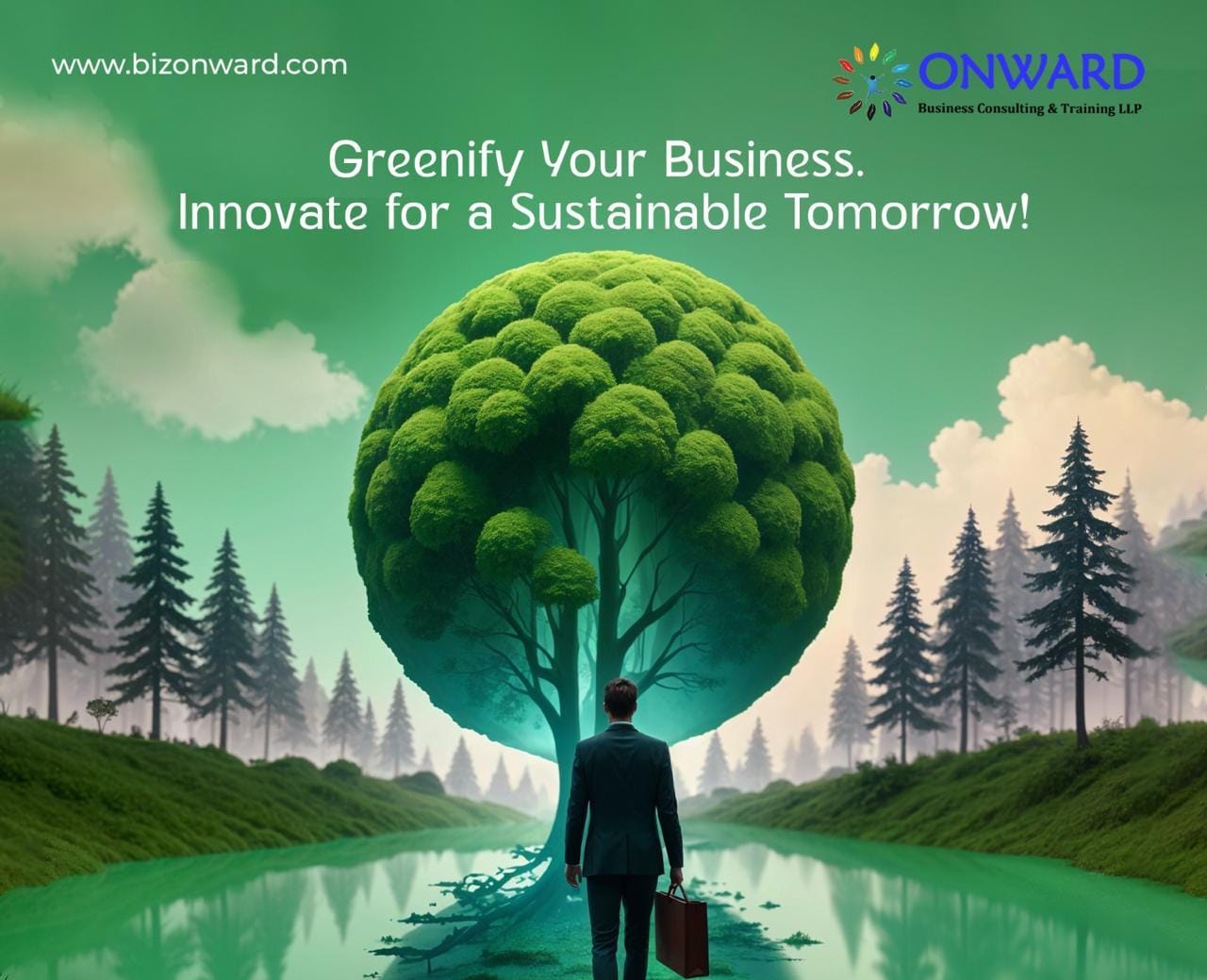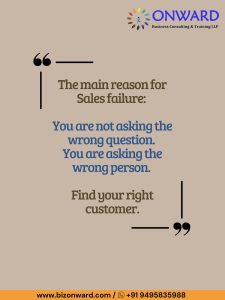In 2012, Unilever made a bold move with its “Sustainable Living Plan,” committing to halving its environmental impact while doubling its business size. Many doubted whether sustainability could coexist with profitability, but over the years, the results spoke volumes. By incorporating renewable energy and reducing waste across its supply chain, Unilever not only saved millions in operational costs but also gained unparalleled trust from customers and investors alike.
This example underscores a powerful lesson: sustainability isn’t a limitation—it’s a catalyst for growth and innovation. As global concerns about climate change rise, businesses have a unique opportunity to lead the way in building a greener tomorrow while staying ahead of the competition.
Why Sustainability Matters in Business
Modern customers are looking for more than just quality products or services—they want to support brands that care about the planet. In fact, 73% of millennials say they are willing to spend more on sustainable offerings. But it’s not just about customers. Governments, investors, and even employees are prioritizing environmentally responsible companies.
Take Tesla, for instance. By reimagining the automotive industry through sustainable energy, Tesla revolutionized transportation while becoming a global leader in innovation. Similarly, smaller companies that adopt eco-friendly practices—like using biodegradable packaging or sourcing renewable energy—are proving that sustainability is both scalable and impactful.
The bottom line? Businesses that embrace sustainability today will not only save costs but also gain a competitive edge in tomorrow’s market.
Steps to Greenify Your Business
- Start with Energy Efficiency: Switching to renewable energy and optimizing resource usage can drastically cut costs and emissions. For example, Apple powers all its facilities worldwide with 100% renewable energy, setting a benchmark for corporate responsibility.
- Reimagine Your Products: Businesses like IKEA are already redesigning products to align with circular economy principles. Think about how your offerings can be made more durable, repairable, or recyclable.
- Build a Green Supply Chain: Your environmental impact doesn’t stop with your operations. Collaborate with suppliers who prioritize sustainability. Take Walmart, whose Project Gigaton initiative encourages suppliers to reduce carbon emissions across their processes.
- Engage Your Customers and Team: Sustainability should be a shared mission. Patagonia, for instance, educates customers on repairing clothes rather than buying new ones, strengthening its eco-friendly brand image. Simultaneously, empower your employees with training and initiatives that inspire innovation and accountability.
Sustainability Is the Future of Innovation
When businesses adopt sustainable practices, they unlock new opportunities for innovation. For instance, Coca-Cola’s transition to 100% recycled plastic bottles sparked advancements in packaging technology and boosted its brand image among environmentally conscious consumers. Beyond environmental impact, these practices reduce costs, improve operational efficiency, and attract investors with strong ESG (Environmental, Social, Governance) interests.
A Pathway to Long-Term Success
Sustainability isn’t just about being eco-friendly; it’s about future-proofing your business. While the transition might require an initial investment, the returns—both tangible and intangible—are undeniable. You’ll save on operational costs, strengthen your brand reputation, and build resilience against future challenges.
So, ask yourself: What legacy do you want your business to leave behind? Whether you’re a budding entrepreneur or a seasoned executive, the choice to greenify your business today will determine your relevance tomorrow. Unilever and Tesla have shown us that sustainability is more than a buzzword—it’s a business imperative. Let these stories inspire you to innovate, adapt, and create a thriving, sustainable future for your organization.




